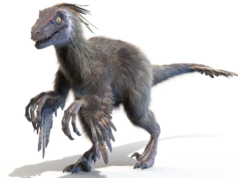
If you’re a homeowner, hearing that you might have termites is some of the worst news you can get, not to mention those termites being some super breed that can cause even more damage than regular termites. These pesky critters are the result of interbreeding between two of the world’s most destructive termite species, and they have now established hybrid colonies in places like South Florida.
While termites have long been known for their ability to cause extensive damage to wooden structures, this new hybrid appears to be even more aggressive and adaptable, potentially spreading farther and faster than your regular old termite.
The Discovery of a New Menace
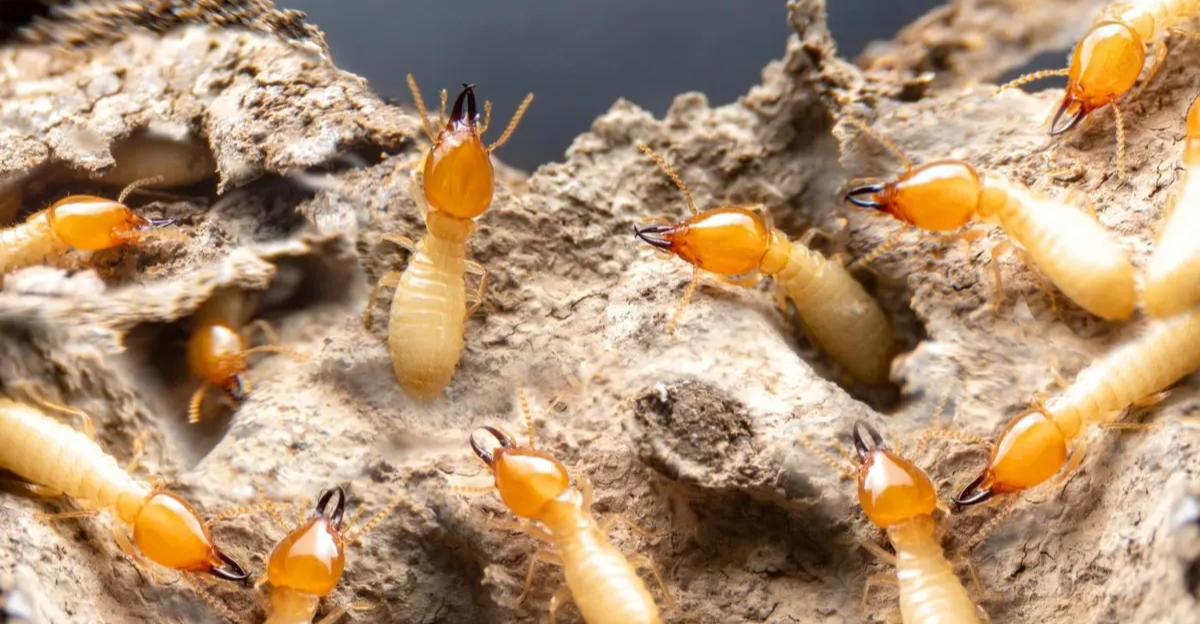
Researchers from the University of Florida first noticed unusual termite behavior over a decade ago when swarms of Formosan and Asian subterranean termites, two of the world’s most destructive species, were found dispersing together in South Florida. Initial laboratory studies confirmed that these species could interbreed, but it wasn’t until 2021 that scientists detected hybrid termites in the wild. Genetic testing revealed individuals that carried DNA from both parent species.
A hybrid colony was discovered infesting a tree in Fort Lauderdale, proving that these hybrids were a laboratory anomaly and a real and growing presence in urban environments.
How Hybridization Happened
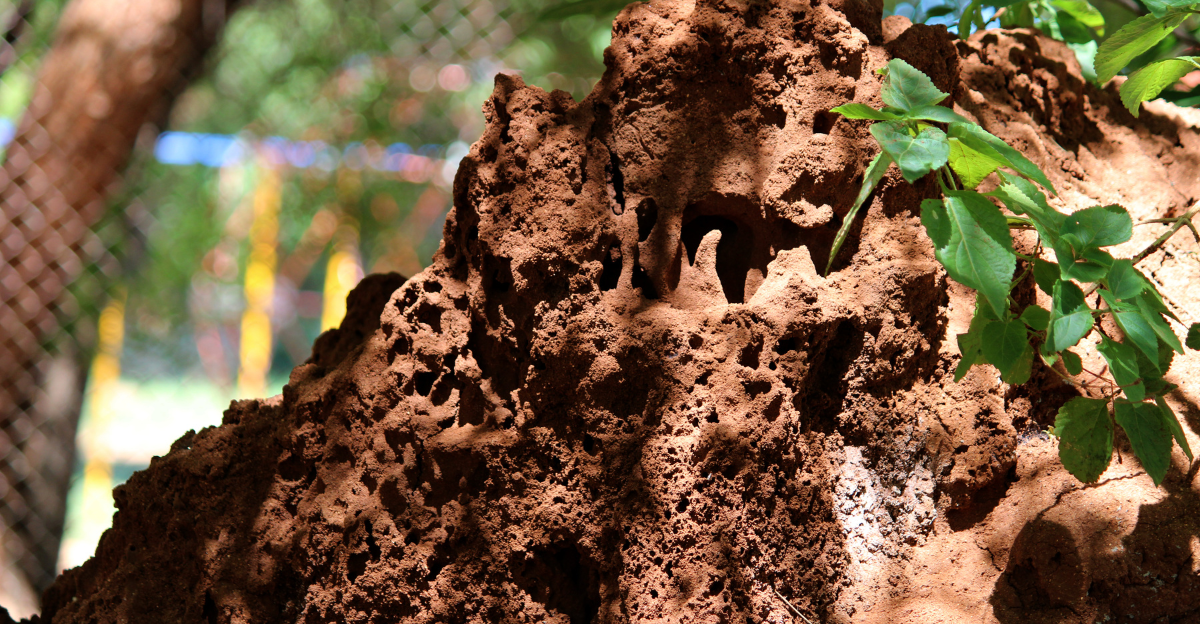
In a rare phenomenon, two invasive termite colonies overlapped due to human activity and environmental changes, causing them to share the same environment. This overlap in their dispersal flight seasons removed natural reproductive barriers, allowing the two species to mate and form hybrid colonies.
“About 10 years ago, we first observed males and females from the two species interact through interspecies courtship behaviors during spring termite dispersal flights,” said Thomas Chouvenc, associate professor of urban entomology at the UF/IFAS Fort Lauderdale Research and Education Center and lead author of the study. “This was unexpected and raised red flags about the possibility.
Formosan and Asian Subterranean Termites
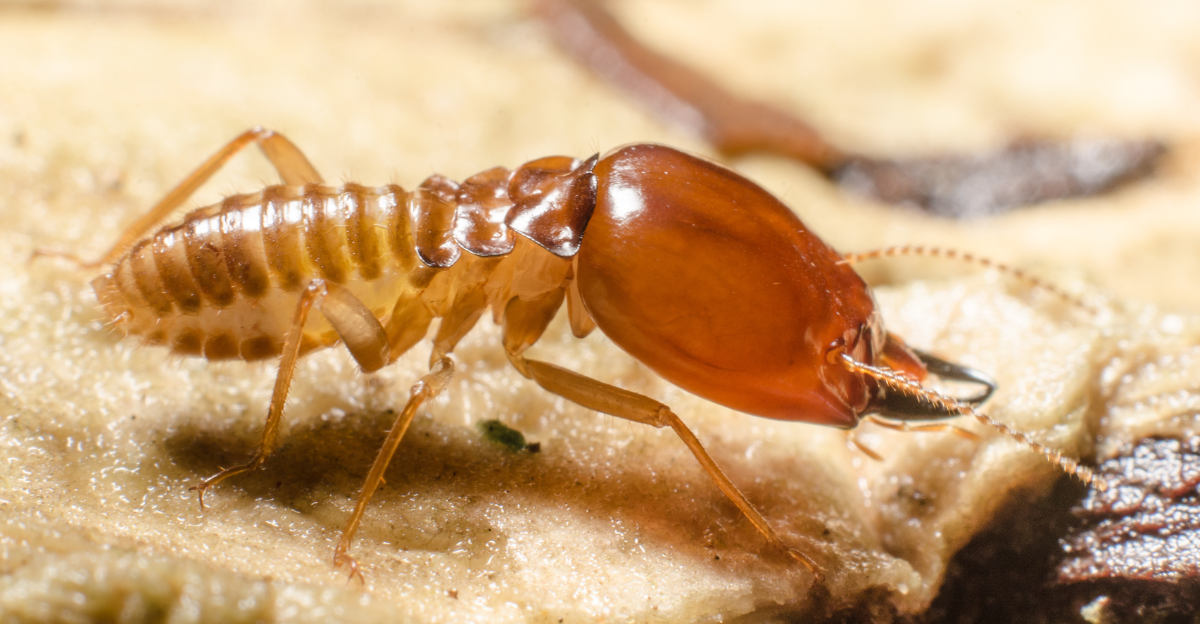
The Formosan subterranean termite (Coptotermes formosanus), native to southern China and Taiwan, is often dubbed the “super-termite” due to its massive colony sizes, sometimes with more than 10 million termites. A mature Formosan colony can consume up to 13 ounces of wood per day and can severely compromise a structure in just a few months.
The Asian subterranean termite (Coptotermes gestroi), meanwhile, is native to tropical regions of Southeast Asia but has established itself in places like Florida and Hawaii through human-mediated introduction. These termites also form large, underground colonies and are known for their ability to remain hidden while causing significant damage to wood, paper, and even clothing.
Faster Growth and Larger Colonies

One of the most alarming characteristics of these hybrid “super termites” is their accelerated growth rate and the sheer size of their colonies. Laboratory studies and field observations have shown that hybrid colonies can develop at nearly twice the speed of their parent species, quickly growing populations from 20 to 200 percent larger.
In controlled experiments, hybrid broods produced significantly more offspring in a year compared to purebred colonies, indicating a phenomenon known as hybrid vigor, where the combination of genes from both parent species results in even greater reproductive success and colony expansion.
Eating Through Concrete: Fact or Fiction?
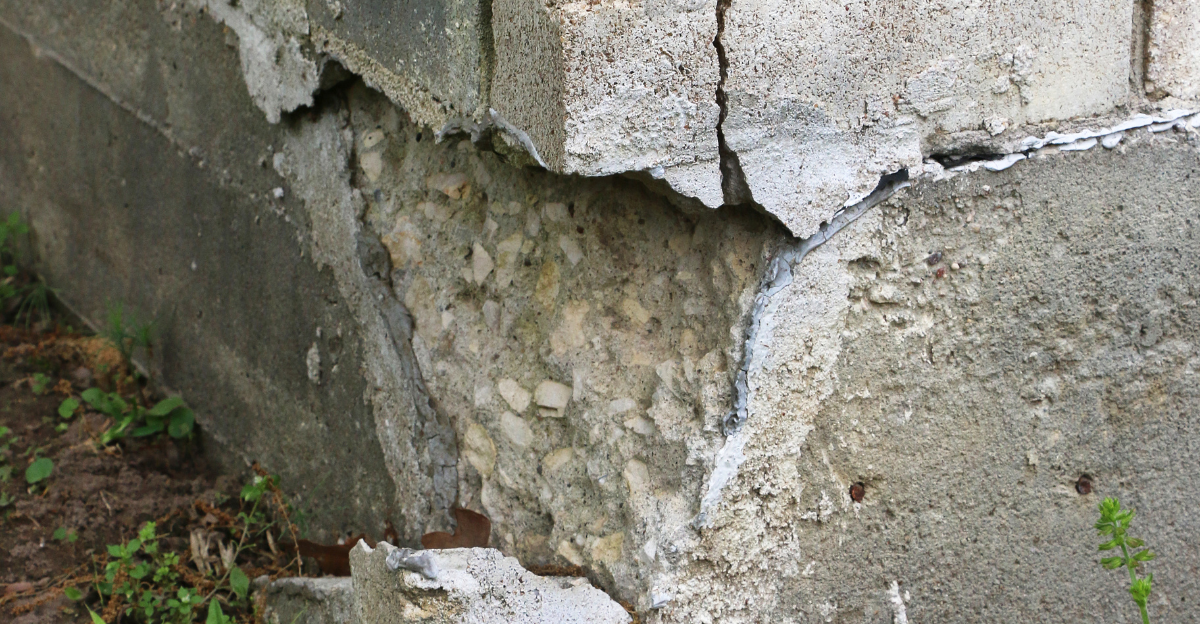
While that would be pretty impressive, these termites aren’t capable of chewing through concrete, but it certainly does seem that way. These termites exploit tiny cracks, gaps, and flaws that develop naturally as the concrete settles or ages to get to wood and cellulose materials. The hybrid’s increased vigor may allow them to exploit such weaknesses even faster, giving the impression that they are “chewing through concrete.”
Challenges in Detection and Control
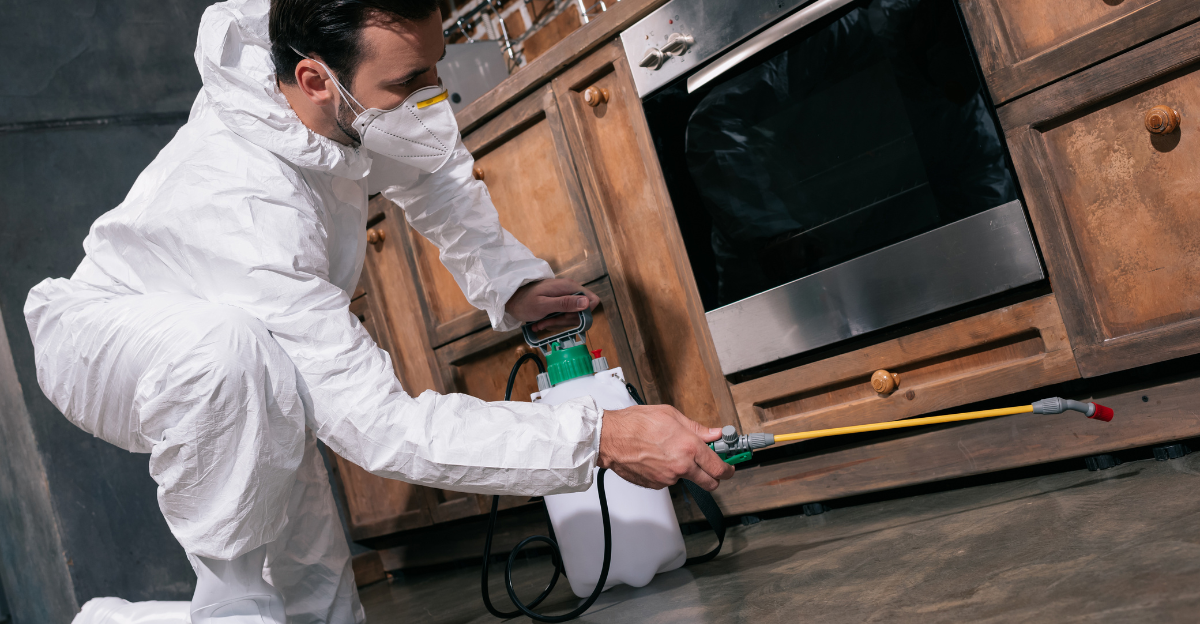
Hybrid colonies are notoriously cryptic, often remaining hidden for over five years before detection, making them “like looking for a needle in a haystack,” according to researchers. Once established, they are nearly impossible to eliminate due to their rapid growth and resilience.
“As the hybridization process has likely been ongoing for a decade, it is not possible to stop it. However, understanding the biology of this hybrid termite, its strengths and weaknesses, could help us further improve termite pest management solutions down the road,” said Chouvenc.
Scientific Uncertainties and Ongoing Research
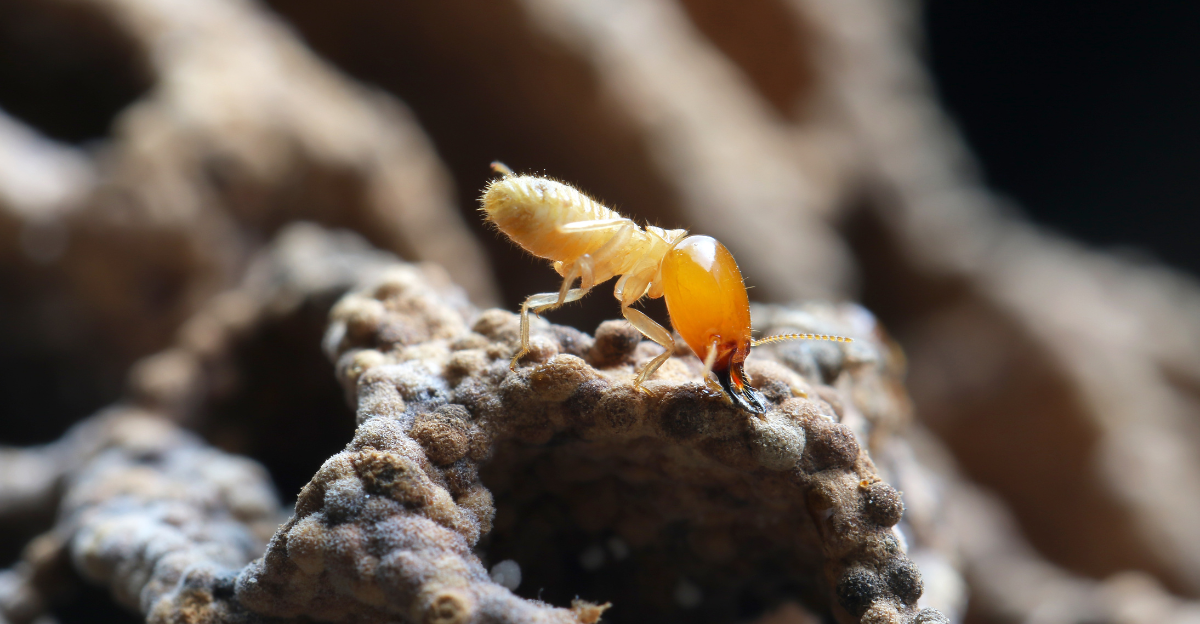
While initial studies have revealed their rapid growth, increased colony size, and adaptability, much remains unknown about their long-term behavior, potential range, and ecological impact. “Studies to learn more about these hybrid termites—and their potential—are still in the works,” said Chouvenc.
Scientists are actively investigating whether these hybrids possess unique vulnerabilities that could be targeted for control or if their hybrid vigor will continue to outpace current pest management strategies. There is also concern about how these termites might interact with native species and local ecosystems, potentially disrupting existing balances.
Environmental and Structural Threats
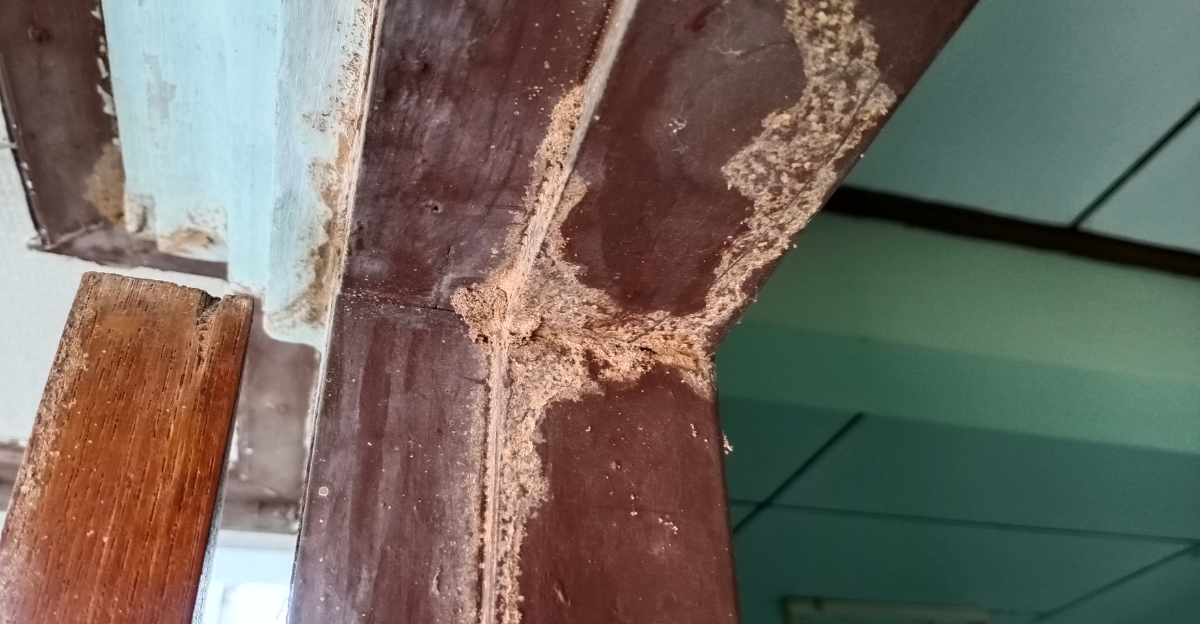
If you think of the damage a regular termite can do to a building, can you imagine the effects of a super-breed? Despite the type of species, all termites love wooden homes, and in most areas, this might be a problem. Their relentless tunneling and feeding can hollow out load-bearing beams, compromise flooring, weaken walls, and damage roofing structures. This leads to sagging, leaks, and potential collapse if infestations go undetected.
Beyond the direct impact on buildings, these termites threaten forests and natural habitats, as their voracious appetite for wood could disrupt local ecosystems and biodiversity.
How To Prevent An Infestation
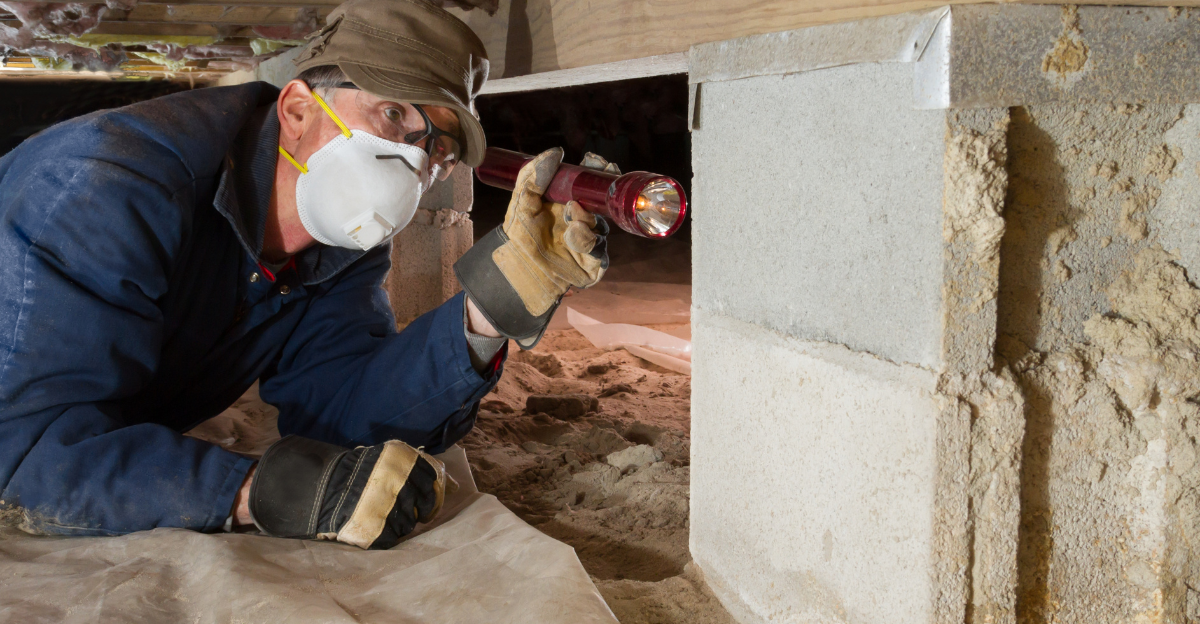
If you want to avoid having these sneaky critters crawling beneath your property, you can do a few things to keep them out. Homeowners should prioritize regular inspections by trained termite professionals, as early detection is crucial for minimizing damage and controlling infestations before they escalate.
You can also keep soil and mulch away from direct contact with wood, maintain proper drainage to reduce moisture around foundations and seal cracks or gaps in concrete and utility entry points to limit termite access.



